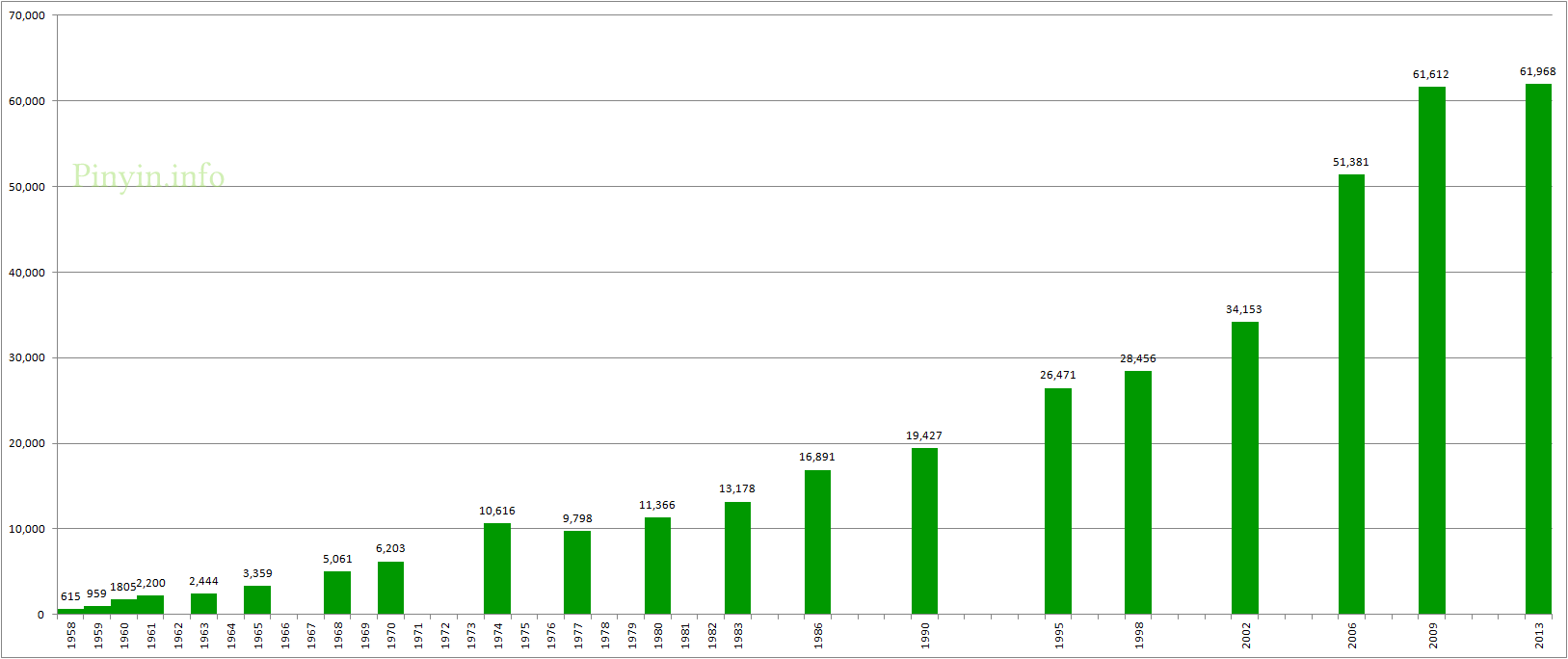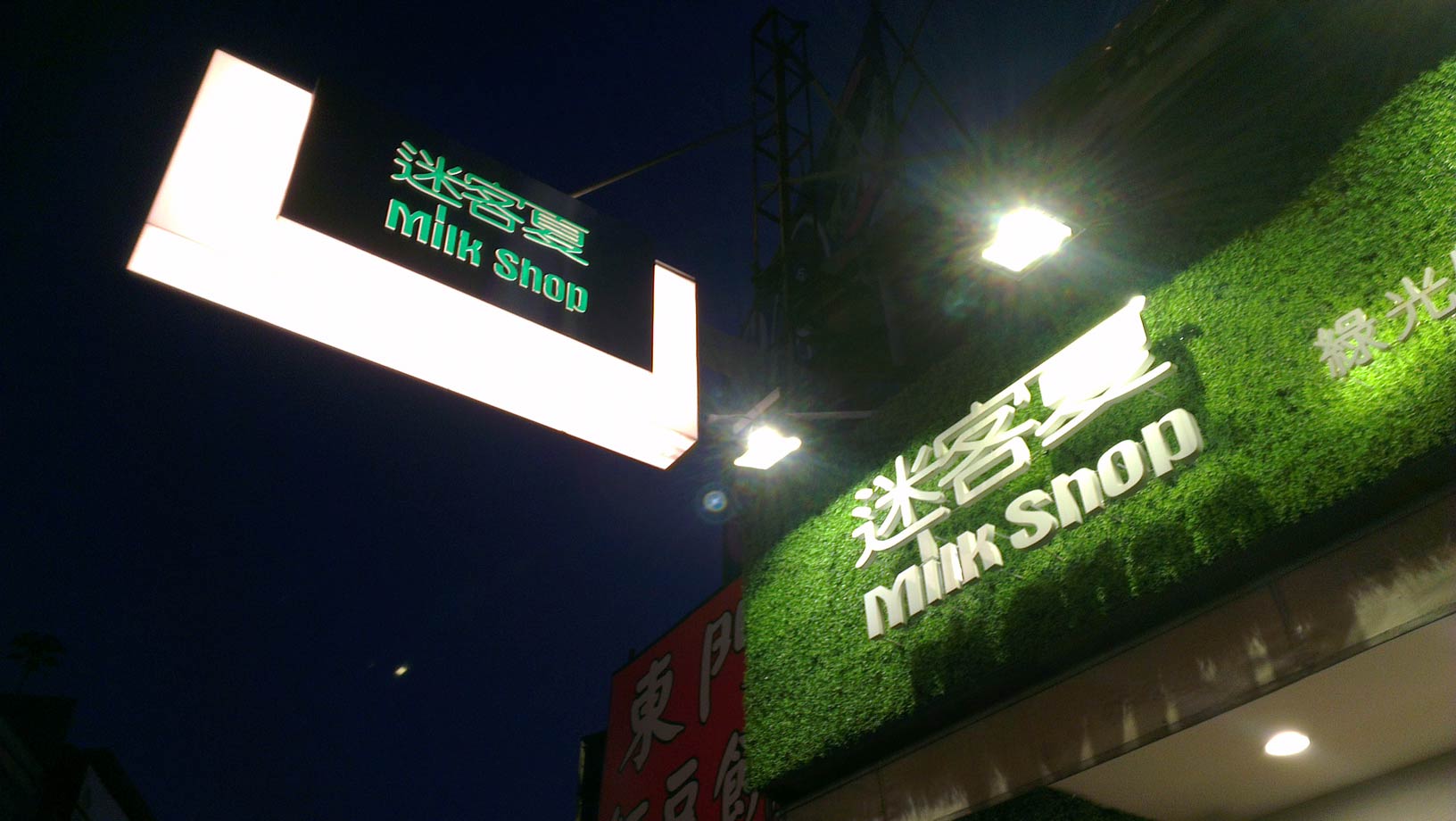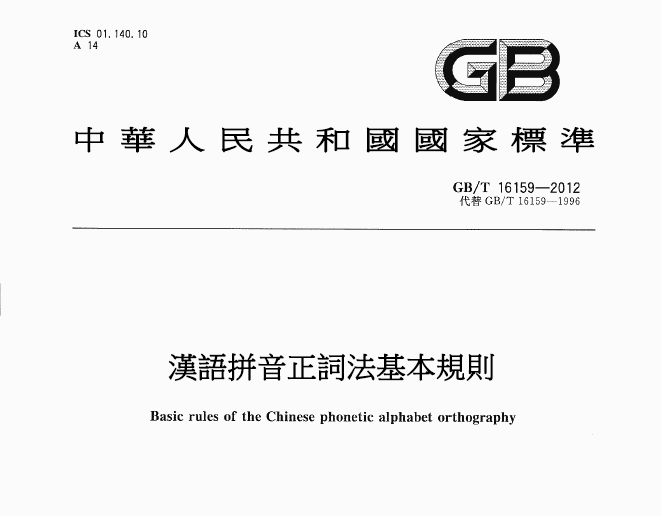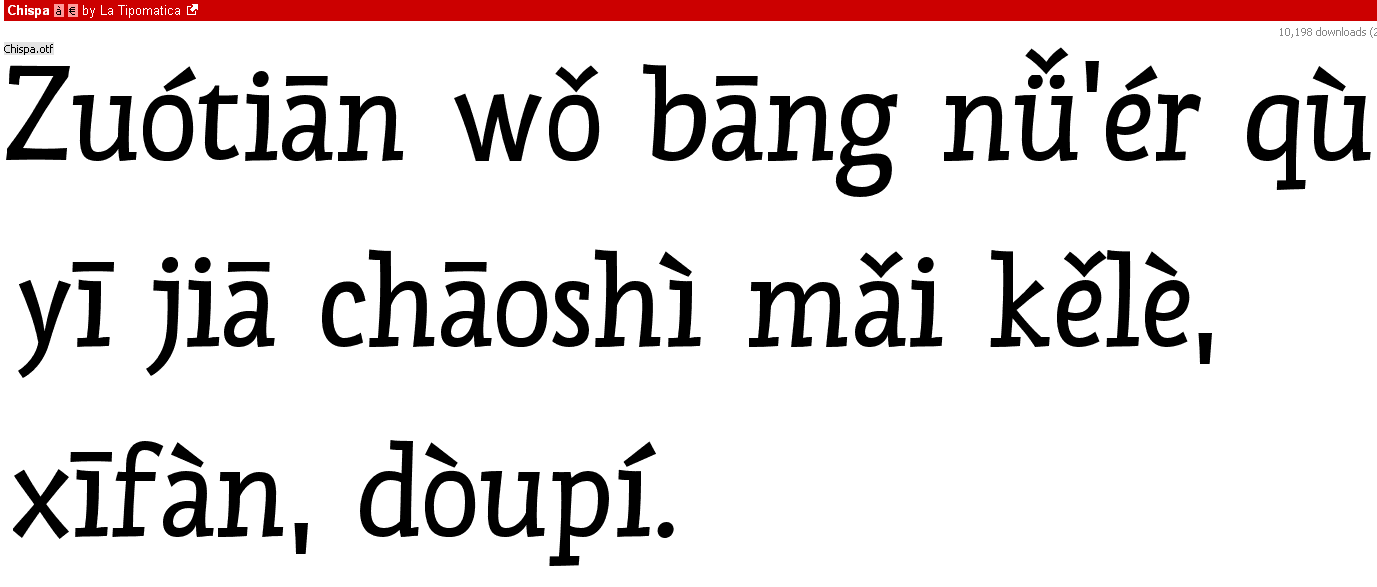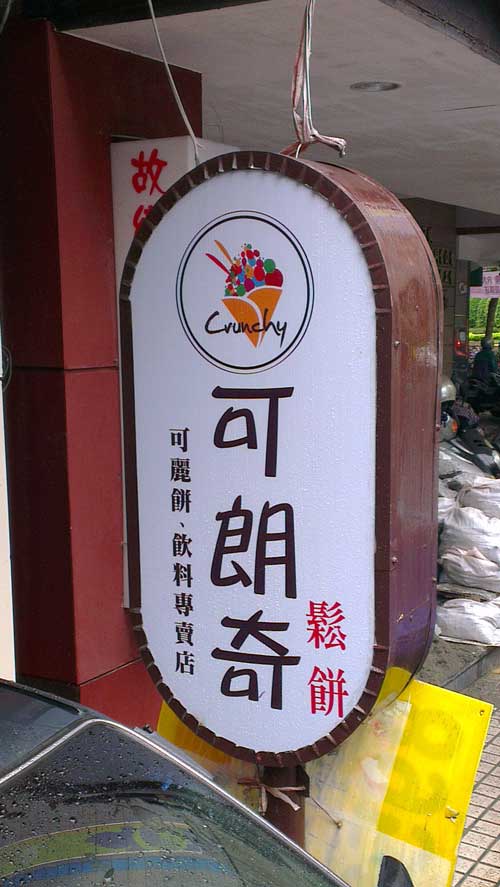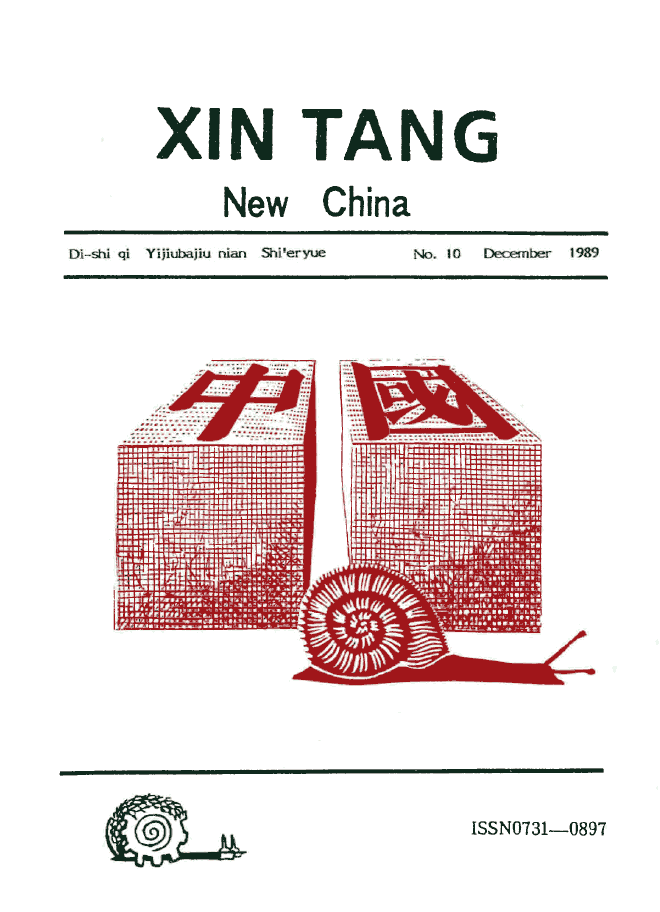Back in 2008 I took a close look at U.S. post-secondary enrollments in foreign languages and the position of Mandarin. I’ve recently been examining the latest figures (for which there is still a lag of a couple years).
I’ve included data for all available years, other than 1969 and a couple years in the early 1970s because the numbers were calculated differently then.
These represent the total enrollments for courses labeled “Mandarin” or some form of “Chinese” (including “classical” but excluding modern languages such as Cantonese, Taiwanese, etc.). Failure to add the sometimes separately categorized “Mandarin” to the figures for “Chinese” would produce the wrong results.
As can be seen in the graph below, over the most recent period (2009–2013) growth in enrollments in Mandarin in U.S. universities basically came to a halt, increasing just 0.6 percent. I do not expect a return to the dramatic increases common before 2009.

